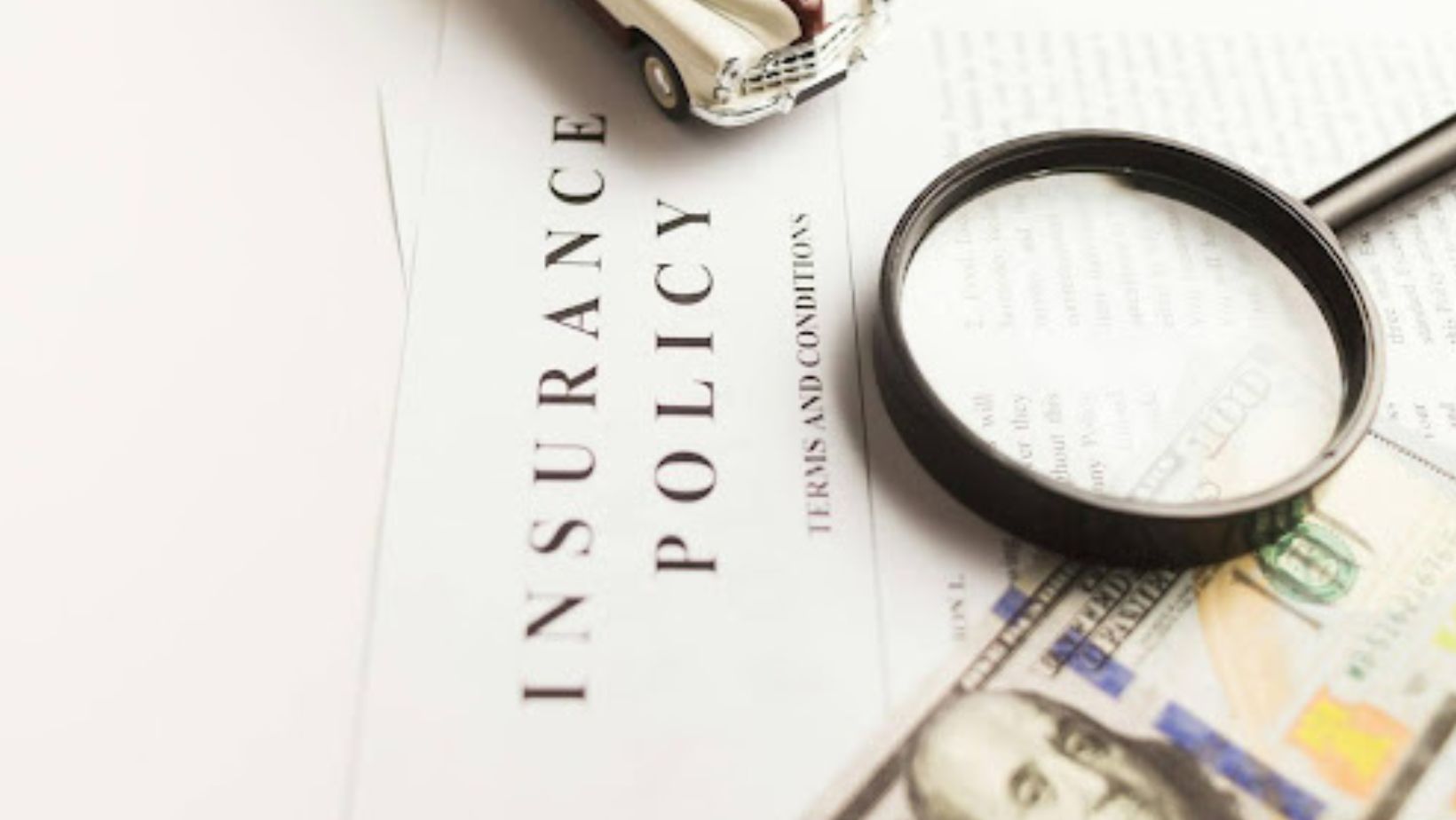
Brampton drivers have spent the past few years watching premiums yo-yo as traffic volumes rebounded, theft rings targeted high-value SUVs, and insurers adjusted to Ontario’s evolving rate-approval rules. If you have not comparison-shopped since before the pandemic—or you simply renew on autopilot—there is a good chance you are leaving real money on the table. Decoding what each line item in a quote means, and learning how to line up competing offers apples to apples, is the fastest way to keep more cash in your wallet without sacrificing protection.
This guide breaks down the anatomy of a Brampton car insurance quotes, shows which variables Brampton insurers weigh most heavily, and explains a broker-level playbook for stress-free shopping.
1. Start With Ontario’s Standard Policy—Then Look for the Gaps
Every private passenger vehicle in the province must carry the Ontario Automobile Policy (OAP 1). That contract supplies four baseline protections: third-party liability, statutory accident benefits, direct compensation-property damage (DC-PD) and uninsured automobile coverage. The Financial Services Regulatory Authority of Ontario (FSRA)—the body that reviews insurer rate filings—emphasizes that the statutory $200,000 liability minimum often trails the real cost of multi-vehicle injuries and lawsuits; most experts recommend at least $1 million.
Once you know the compulsory floor, identify which optional coverages or endorsements (collision, comprehensive, loss-of-use, newly acquired vehicle) appear in each quote. Two insurers may advertise identical premiums yet hide different deductibles or omit collision altogether. Decoding the scanning the declarations page for:
- Liability limit—$1 million vs. $2 million
- Collision deductible—commonly $500 or $1,000
- Comprehensive deductible—often lower, such as $300
- Endorsements—non-owned vehicle, family protection, loss-of-use, removing depreciation
Write these numbers down before you start price-hunting so you can demand identical specs from every carrier.
2. Know the Brampton-Specific Rating Triggers
Insurers price risk with actuarial data, and Brampton’s profile is unique. High daily traffic on the 410, frequent hail and windstorms, dense subdivision parking, and one of Ontario’s highest auto-theft rates all push the local claims curve above the provincial average. The Insurance Bureau of Canada (IBC) lists garaging postal code as a core rating factor along with model-year, claim history, vehicle safety features and driver record.
That means even a clean driver migrating from Waterloo to Bramalea can see a jump. Conversely, small tweaks—installing an IBC-approved immobilizer or switching to a model with lower theft statistics—can shave premiums. Ask prospective insurers how much weight they assign to your precise postal code and whether adding an approved anti-theft system produces an immediate discount.
3. Dissect Discounts, Surcharges and Big-Data Programs
Modern quotes resemble phone plans: base price plus a stack of debits and credits. Common Brampton credits include winter-tire, multi-vehicle, multi-policy (home or condo), student-away-at-school, and usage-based insurance (UBI). FSRA requires insurers to spell out rating variables, so your quote should show each discount explicitly.
UBI telematics is the wild-card for 2025. Plug-in or smartphone apps score hard braking, acceleration, time of day and mileage. Safe, low-kilometre drivers in Brampton’s sprawling new subdivisions often bank 10–25 % off after six months of clean data, while aggressive stop-and-go commuters may pay more. Before opting in, confirm whether the program only gives discounts (upside-only) or also applies surcharges (true usage-based). Read the consent form carefully; you cannot complain later that the data felt intrusive if you agreed up-front.
4. Compare Like a Pro: The Three-Quote Rule and the Broker Advantage
The Financial Consumer Agency of Canada recommends gathering at least three quotes at every renewal and verifying that limits, deductibles and endorsements match exactly. Government of Canada In reality, juggling forms and phone calls is tedious—which is why many locals lean on licensed brokers who can scrape multiple markets in one sitting. BrokerLink’s Brampton office, for example, can test niche carriers that target hybrid vehicles, new-comer drivers or high-theft postal codes, then negotiate on your behalf.
A broker also decodes insurer-specific jargon (OPCF 20 vs. “loss-of-use”) and flags hidden fees such as financing charges on monthly payment plans. Remember, brokers are compensated by the insurer, not you, and are bound by FSRA’s Fair Treatment of Customers guidance. If you prefer DIY, build a spreadsheet of:
- Liability limit
- Accident benefits selections
- Collision & comprehensive deductibles
- Endorsements included
- Monthly vs. annual cost
Reject any “too good to be true” outlier until the provider proves the specs align.
5. Play the Long Game: Five Moves to Keep 2026 Quotes in Check
First, drive clean—convictions add for three years, at-fault collisions for six. Second, keep continuous insurance; gaps can trigger non-standard surcharges. Third, embrace preventive tech: factory immobilizers, dash cams (some carriers now give credit) and advanced driver-assistance systems. Fourth, stay strategic with vehicle choice; IBC’s “How Cars Measure Up” tool shows which makes rack up lower claims frequency. Fifth, review limits annually. A rising net worth or side-gig rideshare exposure may warrant a liability bump long before renewal.
Conclusion: Turn the Quote Maze Into a Money Win
Brampton premiums are higher than Ontario’s average, but they are not carved in granite. Understand the mandatory base, study local risk signals, insist on line-by-line quote parity, and push every carrier—or better, let a broker push them—for the full discount stack. Use FSRA’s rulebook as leverage, IBC’s data as validation, and your own clean driving as the trump card. Decode first, negotiate second, and roll into 2025 knowing you are paying exactly what your risk profile deserves—nothing more, nothing less.
















